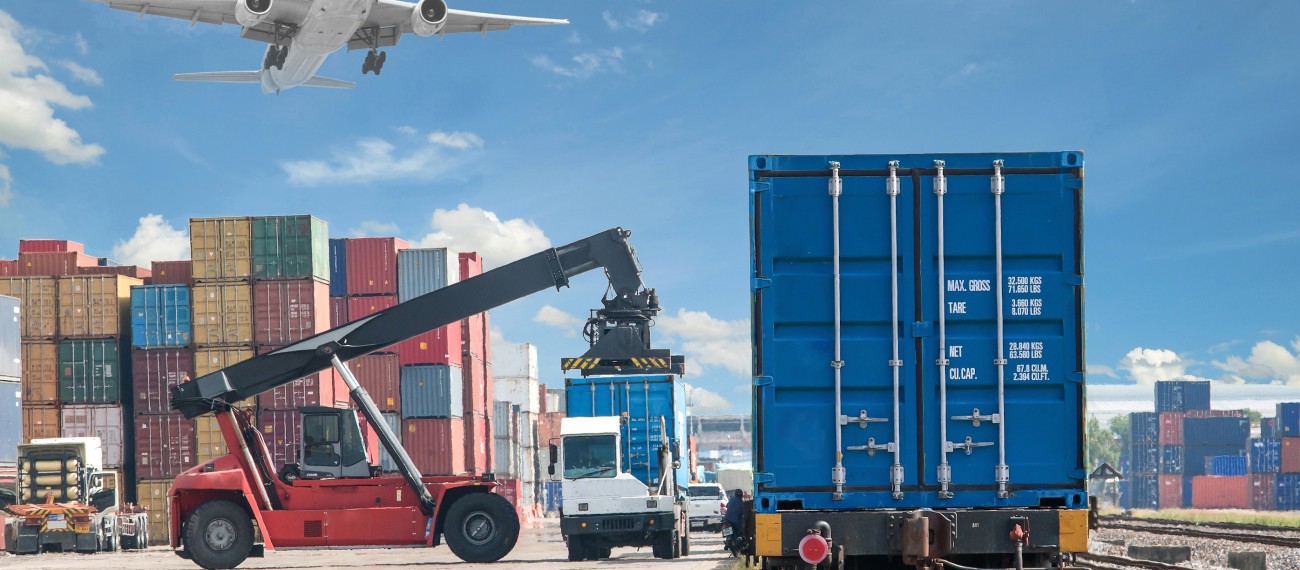

However, previous research assumes that an ETA forecast is only a one-time value, which is not further adjusted over time. In reality, however, ETA forecasts are adjusted to the actual transport process in order to make the most accurate prediction of the expected arrival time. The forecast quality of the ETA forecast depends on various factors (e.g., infrastructure disruptions, accidents, weather), changes over time, and increases in principle as the train under consideration approaches the destination terminal. Therefore, the aim of the research project “Data-driven analysis of dynamic ETA forecasts in combined road/rail transport” is to investigate the reliability of an ETA forecast that changes over time and to determine how, under uncertain and changing arrival times, the pre- and post-carriage in CT can be designed efficiently (when to reschedule) and effectively (which tours to run). Since the value of the ETA forecast and the spread of the forecast error change over time, it is not immediately clear to carriers at what point, if any, they should reschedule. Forwarders must decide at what point they will adjust their route planning should delays occur in the main CT run and they are informed of this by a corresponding ETA forecast. In doing so, the forwarders have to weigh up various costs that arise depending on their decision and the further development of the delay. If the arrival of the main run is further delayed, an early adjustment of the route planning can lead to waiting costs at the terminal and opportunity costs due to tours that could have been run during this time. If, on the other hand, there is hesitation in adjusting the route planning, costs are incurred due to suboptimal routes that have to be operated because of the reduced action period. In summary, the problem consists of the question as to the change in the ETA forecast over time at which SME forwarders should reschedule their route planning in the pre- and post-carriage of CT and how the uncertainty with which the ETA forecast itself is afflicted affects this decision.
Key Data:
Short Title: ETAPEN
Project Duration: July 2021 to June 2023
Funding: The IGF project (21593 N/1) of the Forschungsvereinigung Bundesvereinigung Logistik e.V. – BVL, Schlachte 31, 28195 Bremen was funded by the Federal Ministry for Economic Affairs and Climate Action via the AiF within the framework of the program for the promotion of joint industrial research (IGF) on the basis of a resolution of the German Bundestag.
Project lead: Johannes Rentschler






